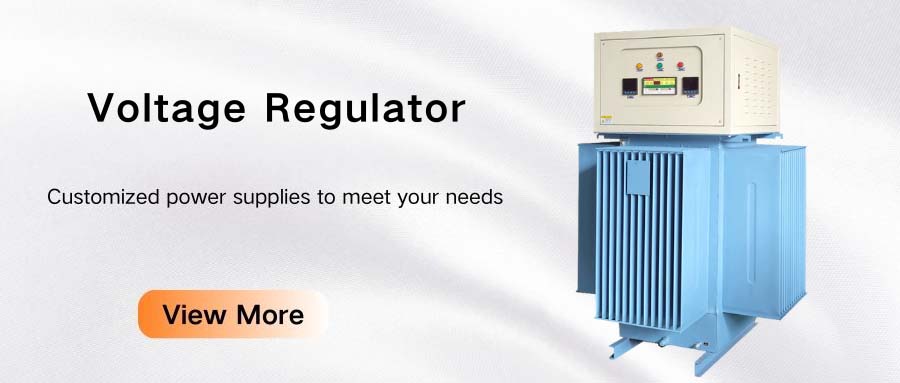The voltage regulator is a commonly used electronic component, which is mainly used to stabilize the voltage output and protect the load circuit from the influence of power supply voltage fluctuations. When selecting a voltage stabilizer, it is necessary to comprehensively consider factors such as the current and voltage requirements of the load, the working efficiency and heat dissipation capacity of the voltage stabilizer to ensure the stability and reliability of the circuit.
How to choose the power of the voltage regulator
The power of the voltage stabilizer refers to the maximum power that can be stably output, usually expressed in W. When selecting a voltage stabilizer, it is necessary to select the voltage stabilizer power that can meet the load requirements according to the load current and voltage requirements of the circuit. Generally speaking, the rated output current of the voltage stabilizer should be greater than the load current, the rated input voltage of the voltage stabilizer should be greater than the power supply voltage, and a certain safety margin should be considered.
The power selection of the voltage stabilizer also needs to consider the working efficiency and heat dissipation capacity of the voltage stabilizer. The higher the working efficiency of the voltage stabilizer, the greater the power, and the higher the heat dissipation requirements. Therefore, when selecting the power of the voltage stabilizer, it is necessary to comprehensively consider the load requirements of the circuit and the heat dissipation capacity of the voltage stabilizer to ensure the stability and reliability of the voltage stabilizer.

Selection of voltage regulator
The selection of voltage regulator needs to comprehensively consider the following factors
1. Load current and voltage requirements: Load current and voltage requirements are important bases for selecting voltage regulators. It is necessary to select a voltage regulator that can meet the load requirements according to the load current and voltage requirements.
2. Type of voltage regulator: Voltage regulators are divided into two types: linear voltage regulators and switching voltage regulators. Linear voltage regulators have the advantages of good stability and small output voltage ripple, but small power, low efficiency, and poor heat dissipation capacity; switching voltage regulators have high power and high efficiency, but poor stability and output voltage ripple. It is necessary to select according to the needs of the circuit and the advantages and disadvantages of the voltage regulator.
3. Rated input voltage of the voltage regulator: The rated input voltage of the voltage regulator should be greater than the power supply voltage to ensure the normal operation of the voltage regulator.
4. Power and heat dissipation capacity of the voltage regulator: The power and heat dissipation capacity of the voltage regulator need to be comprehensively considered according to factors such as the current and voltage requirements of the load, the working efficiency of the voltage regulator, and the working environment.
5. The packaging form of the voltage stabilizer: There are many packaging forms of the voltage stabilizer, including TO-220, SOT-23, SOT-89, etc. It is necessary to select according to factors such as the space and heat dissipation requirements of the circuit.
In short, the power selection and matching of the voltage stabilizer need to comprehensively consider multiple factors to ensure the stability and reliability of the circuit. When selecting a voltage stabilizer, it is necessary to comprehensively consider factors such as the load requirements of the circuit, the type of voltage stabilizer, the rated input voltage, power and heat dissipation capacity.







